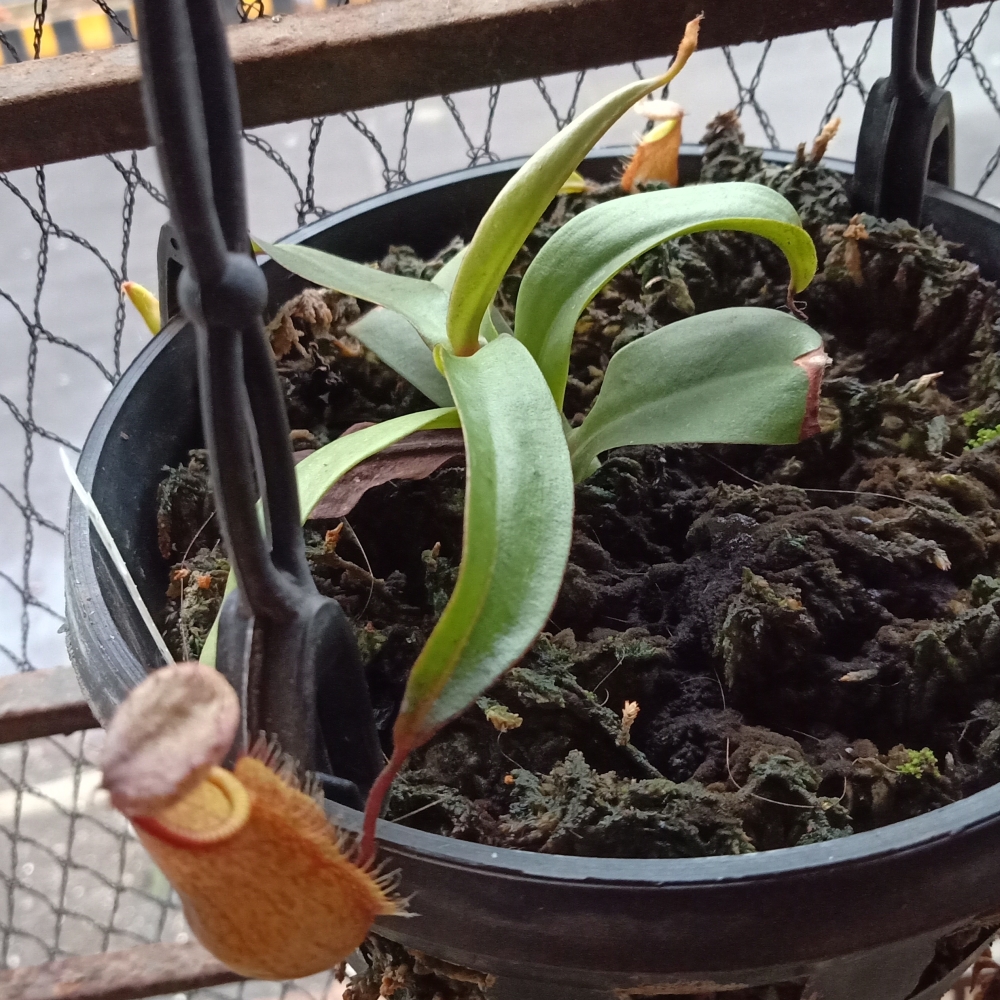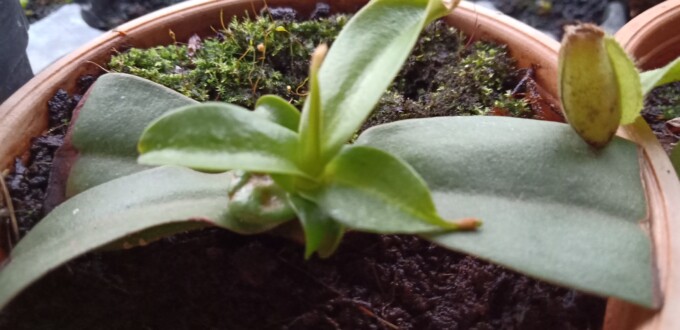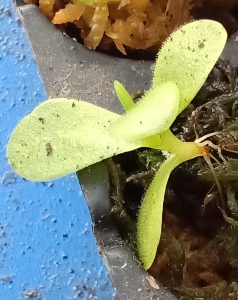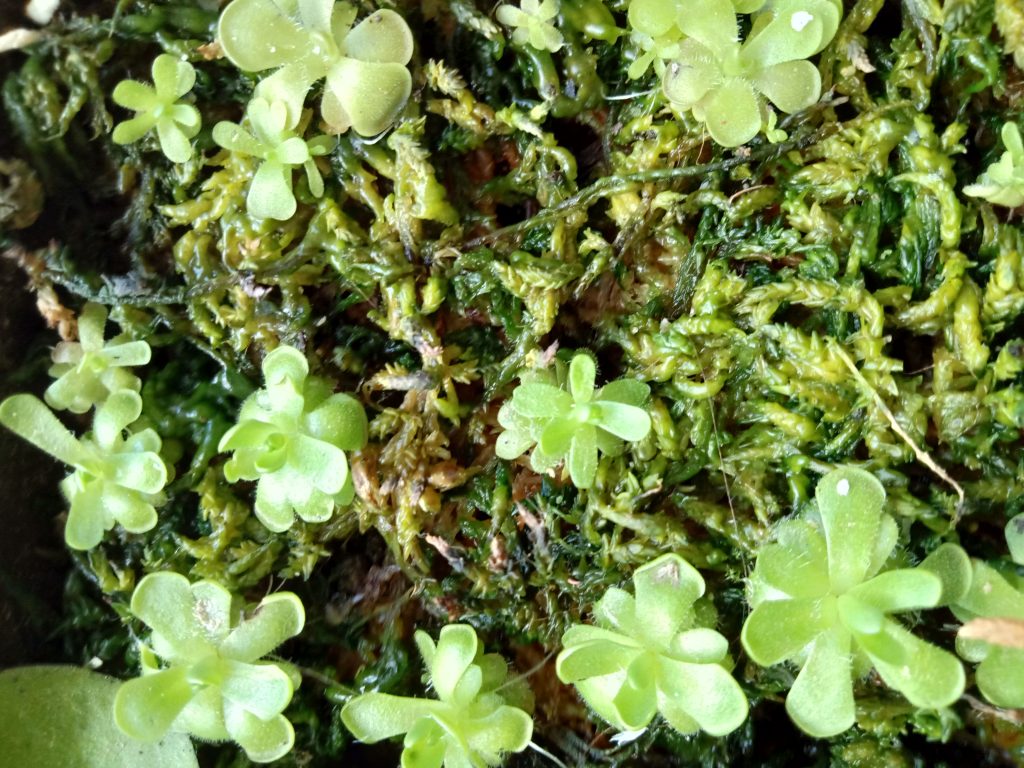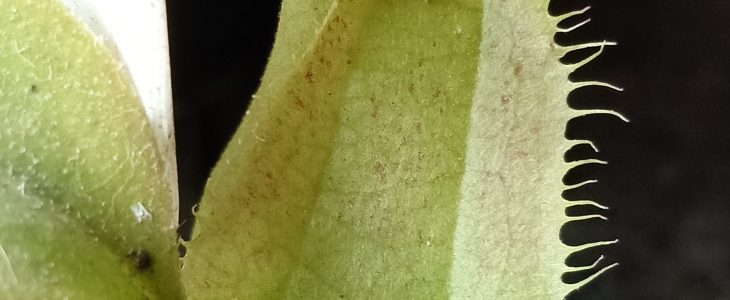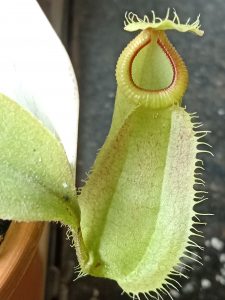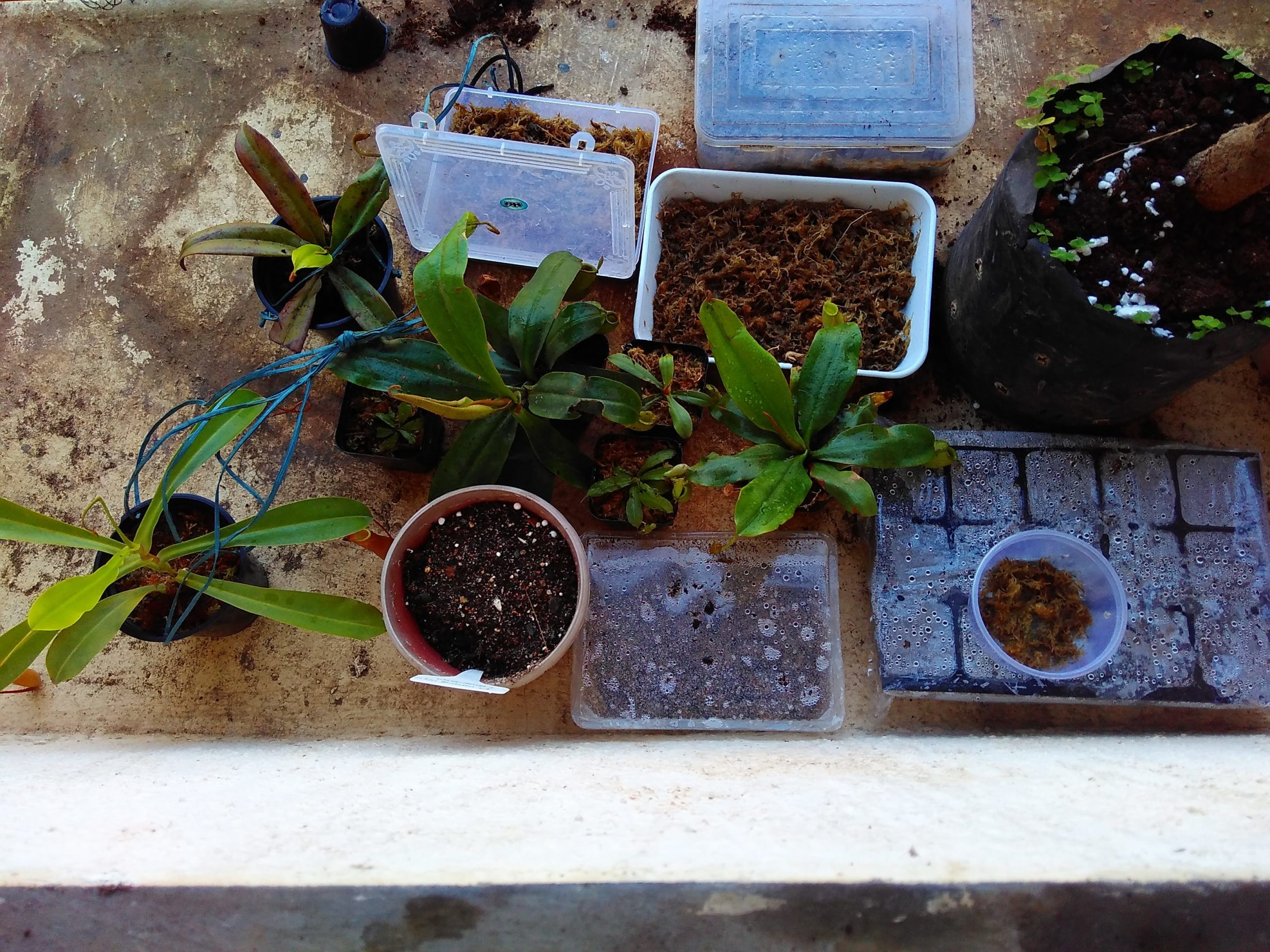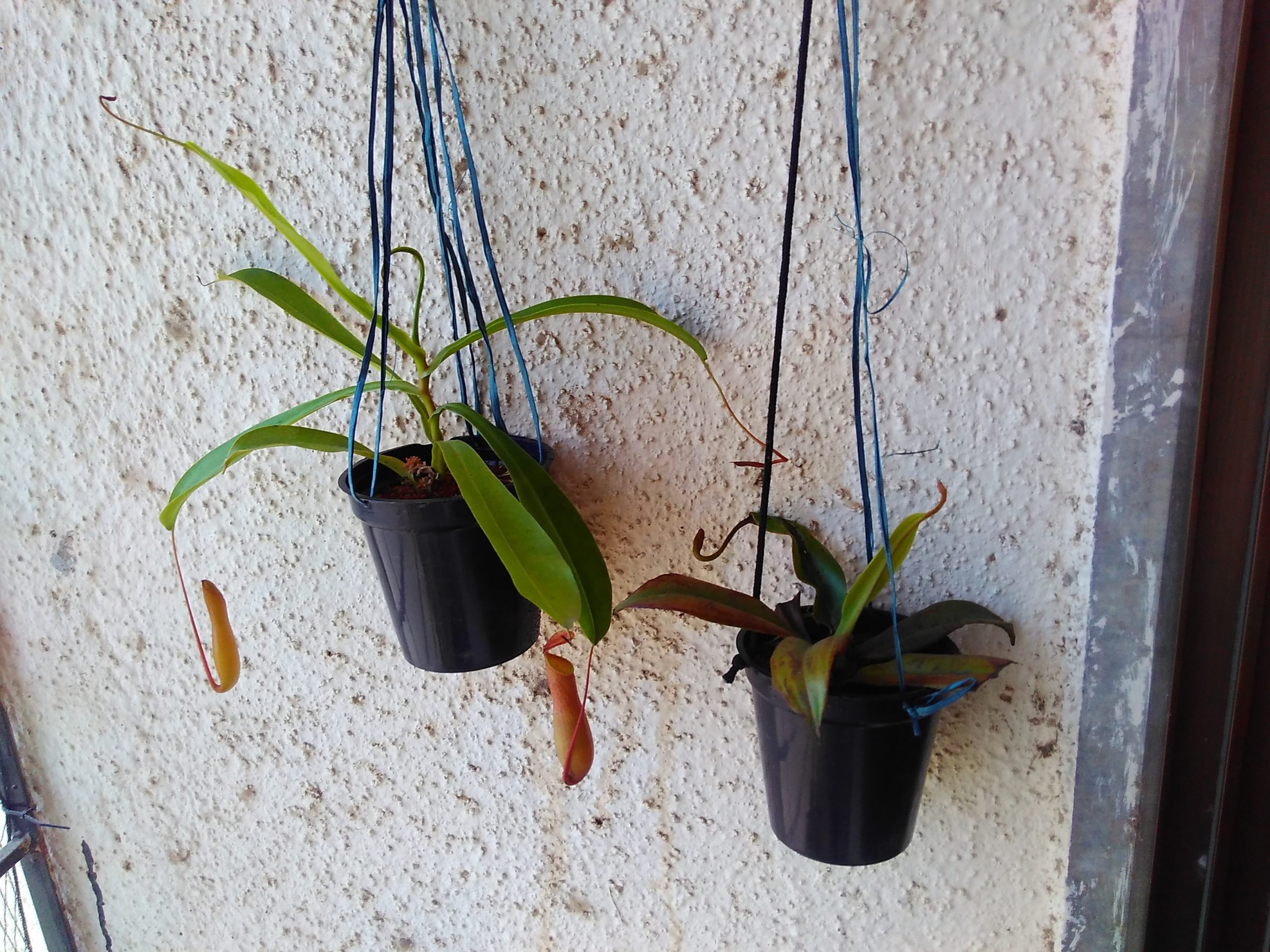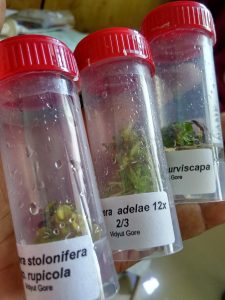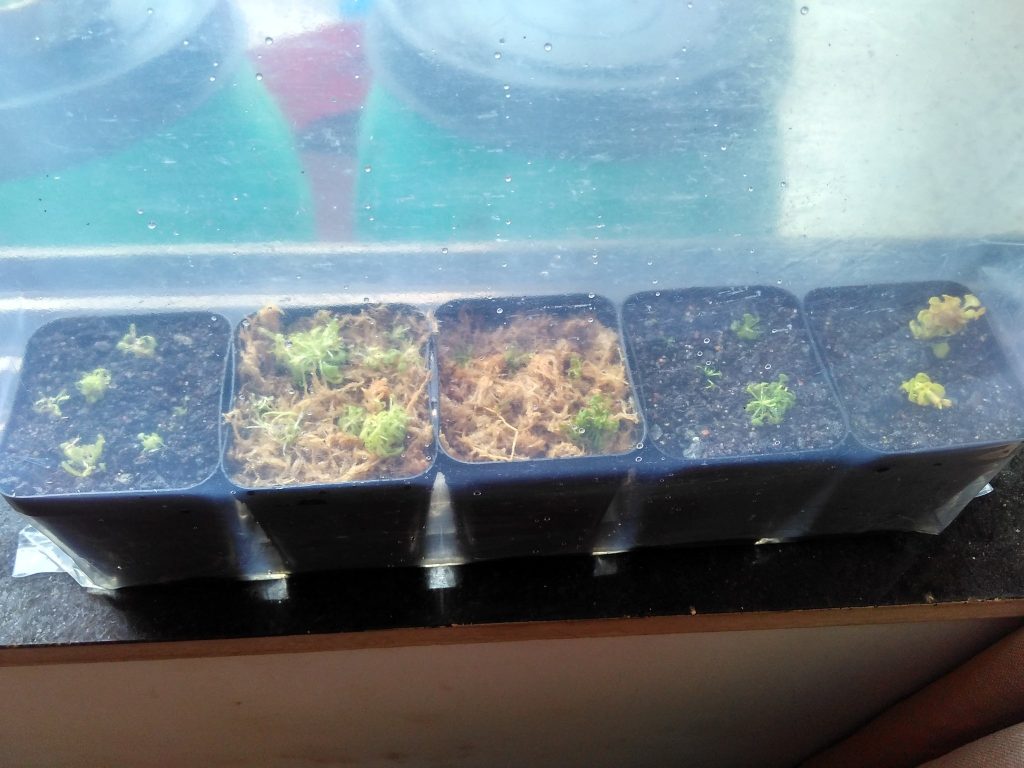There are very few sellers of carnivorous plants in India, which is why I am attempting to grow my inventory and sell as many species as I can. I operate from my home and grow the plants in my balcony, so stocks are unlikely to be in vast quantities to rival regular nurseries. However, given the rarity of these plants in India, I still think it is a worthwhile effort to make them available to hobbyists.
This post attempts to address common questions asked by new carnivorous plant growers.
Why are the plants so small?
Many of the species of carnivorous plants are quite small. It is their relative rarity and difficulty in growing that is the reason for the cost and not their size. Most droseras for example will only be a in inch to a few inches big. Pygmy droseras are even smaller. Notable exceptions are drosera binata forms.
Other plants can grow to massive sizes, but take a long time getting there and it is more affordable to buy seedlings and grow them with patience. Nepenthes species, most notably are among these. A nepenthes seedling can take upwards of two years to start forming adult pitchers. Apart from a few relatively common species of Nepenthes that are propagated from cuttings, an adult plant can be the result of years of investment in skill, growing conditions and risks with die offs. Such a plant will run into the tens of thousands if from among the more rare and spectacular species or hybrids. Depending on the rarity of the species, a plant that is only a few inches big can cost thousands of rupees. So, in such cases, the plants are small due to reasons of affordability and practicality.
What should I buy – seeds or plants?
If you are a beginner, your best bet is to buy live plants. Carnivorous plant seeds can be really minute and difficult to germinate and grow without some experience, even with seeds that are viable. Also, viability of carnivorous plant seeds can drop rapidly after being harvested (my seeds are always fresh). It is easy to be discouraged when seeds don’t germinate.
Notable exceptions to this are species that don’t handle root disturbance well – particularly the long leaved ones of these – byblis species, drosophyllum, long leaved droseras like drosera indica species come to mind. If you can buy these in person, without requiring them to be shipped, they are definitely the better option. However, if shipping is involved, you may be better off buying seeds.
If you buy seeds on the internet, please be sure to buy from a reliable seller. Avoid listings on Ebay that are from China (though sometimes now they appear to be from other countries). You can recognize them easily from the use of words like “bonsai” “pcs per bag” “blue temptress” and so on. They will also be ridiculously cheap. These are always fake. No amount of reporting appears to work to get the sellers banned, but these seeds will always be bogus.
A way to identify a good seller is to check out their other sales. If they are selling all kinds of plants and seeds (think tomatoes, cucumbers and roses next to rare nepenthes species), know that they are likely resellers knowingly or unknowingly but likely selling bogus seeds. However, if the person has only a couple of listings and they are all carnivorous plants or other rare plants, chances are good that the seller is legit. Another way to know is from reading the listing and seeing the photos. If the photos don’t match a simple google search for what the species looks like, the listing is a fake. A seller selling authentic seeds is more likely to have photos that appear to be taken in “real” conditions, without photoshop effects and the listing can often have more information about the plant.
Another alternative is to buy from online nurseries specifically selling carnivorous plants. Seeds from here are often likely to be genuine. Be warned though that even among these, sites that sell 10 seeds and so on of nepenthes are often reselling seeds purchased in bulk from other sellers or collectors from the wild and there is no way to know the viability of these seeds. Reliable sellers will often publish harvesting dates for seeds. Or at least the year and season they were harvested in.
How to buy carnivorous plants online
Know that there are very few sellers in India and very few sellers abroad that will ship to India. Additionally, if you are a beginner, you’d be well advised to buy from established sellers in India. The downside to this is that the plants are often without accurate species identification or they are among really common varieites. This cannot be avoided. Most sellers in India have limited collections and we tend to sell only spares, obviously. But this is the best option if you are a beginner wanting a cool plant rather than a specific species.
The reason for this is that shipping within India takes less time and the plants suffer less shock. These varieties being relatively common, the plants you get will be larger and less expensive. More importantly, these plants are acclimatized to the relatively hot conditions in most of India.
I would not be exaggerating when I say I have spent lakhs of rupees on plants that died. Most sellers abroad who ship to India are in really cold countries to the point they have to shop selling in winters because of extreme cold temperatures. The plants suffer stress from long shipping times as well as major temperature shock. It was years before I learned to research for plants that would survive our climate, good times of the year to order them in (where our temperatures are relatively low but it isn’t cold enough to prevent shipping in seller’s country). Sadly, the best times also coincide with Indian festivals, resulting in shipping delays.
And then to protect the plants and to keep them alive and thriving after arrival. I learned this the hard way, but in my opinion, beginners should not attempt this at all, unless you have money to throw away. It is much better to gain experience in growing them and keeping them alive with less expensive and more common plants that are available in India that won’t suffer too much climate shock.
The plant I purchased has lost leaves/pitchers or is otherwise wilting
Many plants suffer shipping shock. This is an excellent reason to try and buy plants in person rather than having them shipped. However, given that local nurseries don’t exactly stock carnivorous plants, sometimes shipping is inevitable. Most sellers will replace plants that arrive dead, at least once (though there are some who won’t – even when bad packing is the cause of plant death). For this, you should click photos of the plant immediately on unpacking and contact the seller. You are unlikely to get replacements for simple wilting or some damage to leaves/pitchers if the plant is otherwise healthy.
However, once you have received a live plant, you are on your own. If you kill it, it is dead and you won’t have a replacement.
Depending on whether you have received the plant bare rooted or in a pot, you may need to pot it up in a suitable potting mix. Your seller can advise you on this. (Any plants I sell on this site already have the information in the product listing). I would advise against repotting a plant you receive already potted, unless the potting mix looks really suspect. There is no need to add transplant shock to shipping shock. It will increase the risk to the survival of your plant. If you need to plant it to a bigger pot, take out the entire rootball from the smaller pot it arrived in, and plant it in the larger one without disturbing the roots. If the seller grew the plant in that potting mix to the point he has plants to sell, including this exact plant, the plant is unlikely to suffer any damage from being in the pot it arrived in.
Once your plant is in a suitable pot, I would recommend putting the whole thing in a plastic bag to retain humidity and keeping in a shady place (not dark!) that doesn’t get any direct sunlight. The only exception to this is if you already have a misting system or humidifier or it is a heavy monsoon and the plants are getting regular spray from the rain. In that case, the misting/humidity as well as the air circulation is even better. Keep them like this till you see the first signs of growth – usually in the unfurling or growing of the newest leaves at the top.
This can take a while, so if you are potting up multiple plants, it may be wise to give each a separate container and plastic bag, so you can acclimatize each as per its own speed. If you have several plants in one container/bag, go according to the speed of the slowest one. Remaining protected for longer won’t harm the ones that are adjusting well, but being exposed to harsher conditions will kill those that aren’t.
After this, you may slowly decrease the humidity by poking holes in the plastic bag, or opening it very slightly every few days, till the plant seems to get very little protection from the bag and remove the bag. The longer you can take for this process, the better the chances of survival for your plant.
It is normal to lose old leaves and pitchers on a plant after shipping. Expect this. It is not a crisis and nor is it a threat to your plant unless all the leaves seem to be dying. New leaves and pitchers formed in your growing conditions will remain for much longer.
How to protect from pests
Best protection from pests is growing healthy plants. However, pests are a fact of growing plants. Some plants are more susceptible than others. Neem oil should be the first line of defense. It is harmless to most carnivorous plants. You can also use a strong spray of water to dislodge pests physically. immersing the container in a tub of water can help get rid of some pests in the potting mix, though a complete repotting may be needed in heavy infestations.
Some fungus in potting mix can be harmless, particularly if the plants seem fine otherwise. Good air circulation and light prevents damping off and other problems. Avoiding excessively soggy mix and making sure that the pots drain well also helps keep plants healthy.
There are stronger pesticides and fungicides that can be used in worse infestations. However, I am not listing them here, as they can be species specific and what works brilliantly on your nepenthes may wipe out your entire drosera collection, so these should not be used without extensive research.
I will add to this post as I can think of other things to add. I am also happy to discuss carnivorous plants with any hobbyist, particularly from India (no purchases needed). You may contact on Twitter @Vidyut for general discussion or email vidyut@vidyut.info for anything specific.

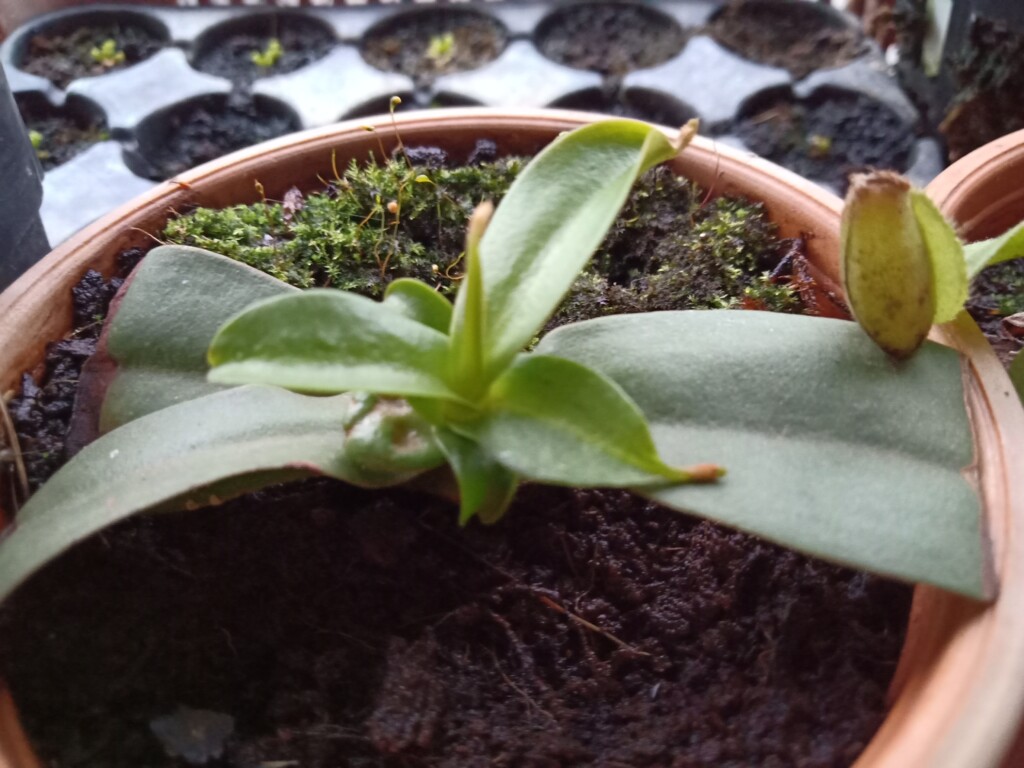 In three months or so, you should be seeing the first pitchers.
In three months or so, you should be seeing the first pitchers.